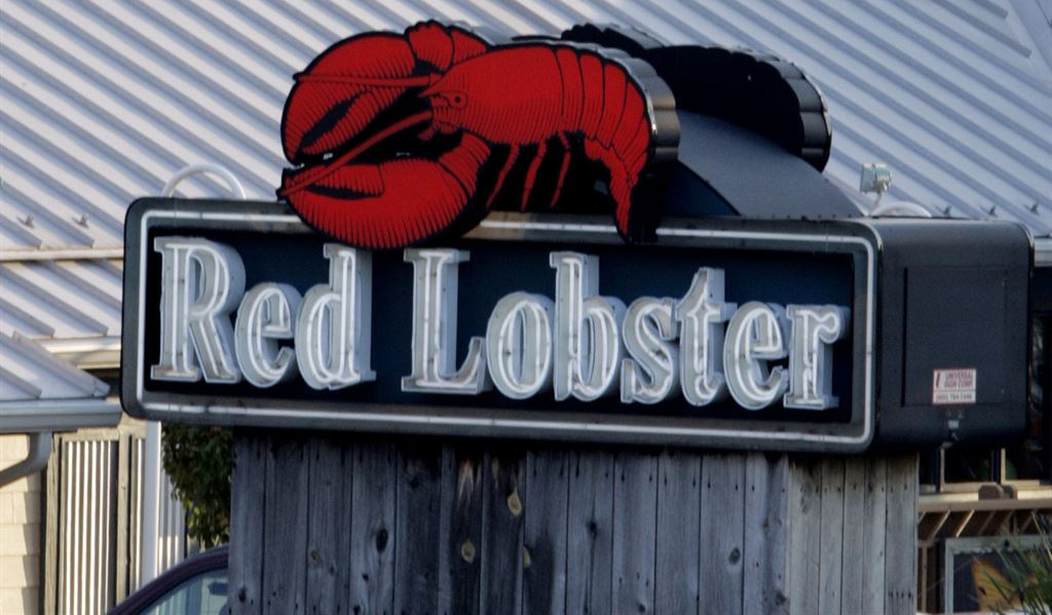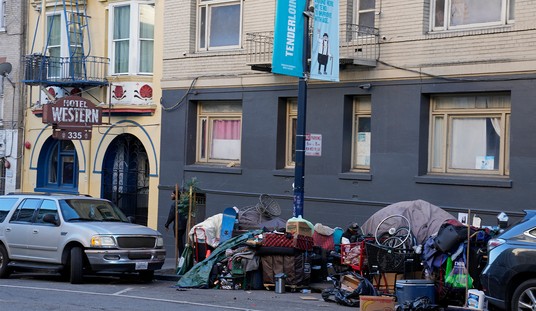Following the unexpected closure of dozens of locations last week, Red Lobster completely expectedly filed for bankruptcy protection this week — and how the seafood chain ended up in Chapter 11 restructuring is a fascinating story of bad decisions, spastic leadership, and shortsighted greed. It's that last element that really tells the tale.
Reb Lobster "temporarily closed" 87 restaurants last week, but as USA Today reported, some of them have "their kitchen equipment up for auction on an online restaurant liquidator." Temporary, eh?
CNN's Nathaniel Meyersohn wrote Monday that the chain's "misguided endless shrimp promotion drove it into bankruptcy." If you missed the news — I knew about it but my efforts at getting back into shape couldn't afford it — last summer, Red Lobster made their $20 all-you-can-eat shrimp special a permanent menu item.
"The plan, as far as I can tell," Luke Winkie wrote for Slate, "was for guests to fill up on just enough shellfish to preserve Red Lobster’s profit margin. It backfired spectacularly: The restaurant’s clientele scarfed down enough shrimp to accumulate an $11 million operating loss in the fourth quarter of 2023." But that $11 million loss was only a small fraction of the company's overall $72 million loss last year.
There's so much more to the story than a money-losing menu item.
Business analyst Trung Phan posted to X that "the interesting part" behind the all-you-can-eat shrimp "is that one of the chain’s owners is Thai seafood firm Thai Union... and it may have used Endless shrimp to dump its own shrimp supply through the 578 restaurants in North America." Restaurant Business Online reported that bankruptcy court documents question "whether the control Thai Union exerted over the supply chain process drove up costs for the chain, worsening its financial condition." Quality control was reportedly an issue, too.
It certainly looks like one of Red Lobster's corporate owners was willing to ruin the company's reputation and financials in pursuit of short-term profits, but maybe that's why Thai Union is called a member of the "Thai shrimp mafia."
Now you've heard everything, right?
Wrong.
There's still more.
Following earlier financial troubles stemming from the 2008 recession, the chain was purchased by San Francisco-based private equity Golden Gate Capital. Golden Gate partly financed the deal by selling most of Red Lobster’s real estate to American Realty Capital Properties and forcing the restaurants to lease the properties back. That isn't an uncommon arrangement for chain restaurants, but several analysts posted in recent days that Red Lobster was forced to pay "exorbitant rents" to keep their locations.
So a hedge fund bought Red Lobster with other people's money and then the other people — just like Thai Union — decided to use those locations as short-term cash cows instead of treating them as ongoing concerns.
While all this was going on, Red Lobster went through five CEOs in the last five years. There appears to have been no one running the board long enough or well enough to prevent the company from being treated like somebody else's piggy bank.
It can't be easy going broke selling deep-fried anything, and for Red Lobster, it wasn't. They had to give 110% to get where they are today — which is in Chapter 11 and as an embarrassing case study in short-sighted management, ownership, and finance.
Recommended: Warning: Windows Chatbot Will Watch Literally Everything You Do
P.S. Never miss a story of corporate malfeasance by becoming one of our VIP or VIP Gold supporters. You need independent news and analysis, and we need to keep the lights on. You can join here, and don't forget our massive 50% off SAVEAMERICA promo code.










Join the conversation as a VIP Member